Cassia Fistula
It is also known as golden shower tree, famous for its shower of golden flowers. Its a small and deciduous tree, which can reach up to 10 meter in height. It grows both in tropical and sub tropical regions.
Cassia fistula Seeds Description
Cassia fistula seeds are 0.25 to 0.5 inch in diameter. It has a flat, teardrop shape with a smooth brown seed coat. The seeds are hold in the pod by a pulpy dark brown substance. This substance hardens as the pod age, eventually cementing the seeds in their place. This makes obstruction for the removal of seeds. The seeds and pulp are mildly toxic and reports to cause diarrhea, gastrointestinal stress and vomiting if consume.
Cassia fistula Trees Description
Cassia fistula (Fabaceae) is commonly called as golden shower, purging cassia or pudding pipe tree. The tree is native to Indian subcontinent and adjacent regions of Southeast Asia. It is a popular ornamental plant and also used in various herbal preparations. Cassia fistula is the national tree of Thailand while its flower is the national flower of Thailand and state flower of Kerala in India. It grow as an ornamental plant in tropical and subtropical regions of the world.
Cassia fistula is a medium size tree that grow up to 10-20 m tall. Their leaves are deciduous, pinnate with 3-8 pairs of leaflets. The flowers arise in pendulous racemes which is 20-40 cm long. The flowers are yellow in colour and equal in size & shape. The tree is cover with flowers in spring and continues flowing up to 3 months. The fruit is legume with pungent odor. The fruits contain several seeds.
Cassia fistula Seeds Development
Cassia fistula is most spectacular in early summer as their flower clusters persists for several weeks before fading away. They ripen into seedpods and each seedpod contains 25-100 seeds. The seedpod is 25 inches long and 1 inch in diameter. The pods are initially green but becomes dark brown or blackish in colour when fully ripen. The over-ripe pods split open and drop their seeds.
Cassia fistula Seeds Collection and Propagation
Cassia fistula can be propagate through seeds easily. The seeds are collected from a mature tree and clean thoroughly. The damage and insect infected seeds are avoided during collection. The seeds are wash in clean and warm water to remove pulpy material. Then, they are dry to storage.
Cassia fistula Seeds Storage
Cassia fistula seeds are store for prolong periods as the seeds do not lose their viability for a long duration.
Scarification of Cassia fistula Seeds
The scarification should be perform to remove the tough seedcoat of Cassia fistula seeds. Therefore, the edge of each seed is rub with a sharp rasp to create a weak spot in the seedcoat for germination purpose. This should be done with great care otherwise the seeds will die. Seeds can also soak in concentrated sulphuric acid for 45 min for scarification purpose. Then the seeds are soak for 24 hours in cold water. Then they are sown in a soil mixture.
Cassia fistula Seeds Germination
The Cassia fistula seeds germinate around a year and sprout especially in spring and summer. They require warmth and moisture to grow well. The seeds should be sown in separate pots for proper germination. The pots should be fill with lightweight, sterile seed starting medium. Seeds should sow at the depth of 1 inch in the soil and the pots are kept in warm bright location. Adequate supply of water is necessary for the sprouting of seedlings. The first seedling will sprout in 1 to 4 weeks. The top of the soil should be keep moist in order to progress germination faster.
Cassia fistula Seeds Uses & Medicinal Benefits
The seeds and ripe pods are used in traditional medicinal as laxatives. The seeds are used as a commercial source of gum and binder in pharmaceutical industry. They release a water soluble gum that has binding properties and therefore, used for formulations of tablets.

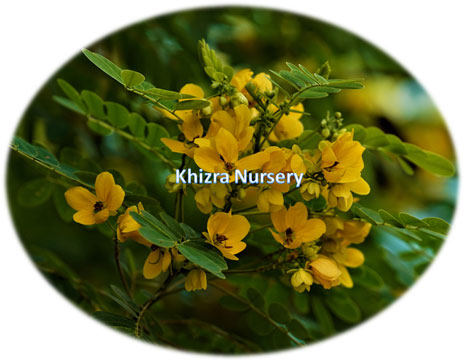

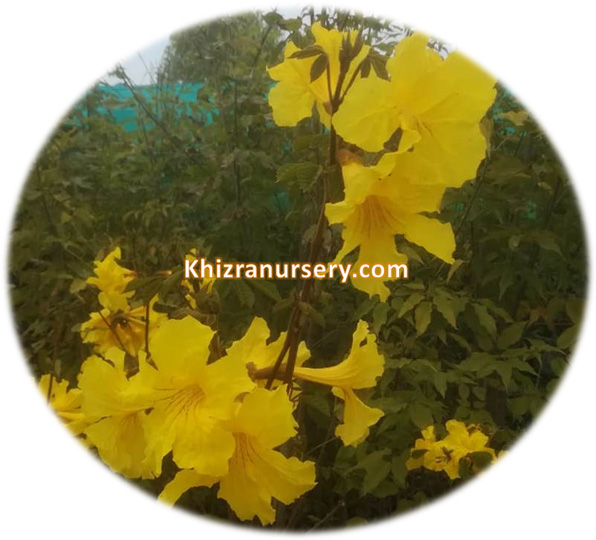

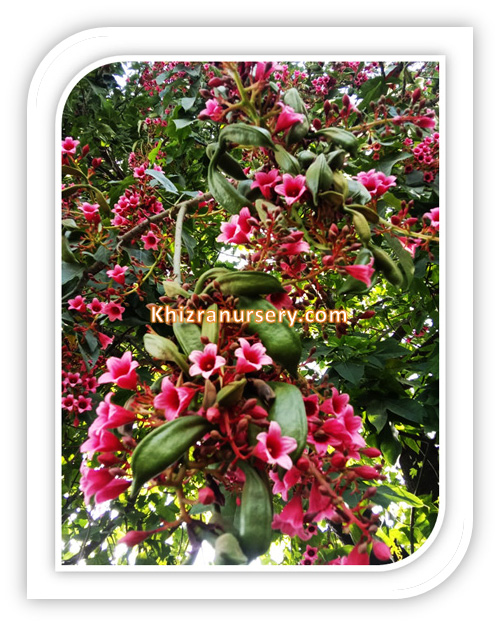
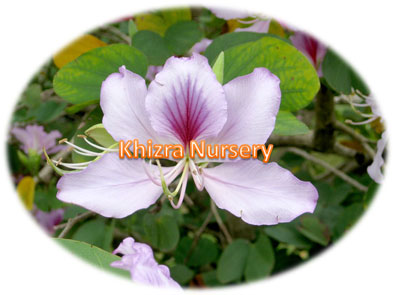
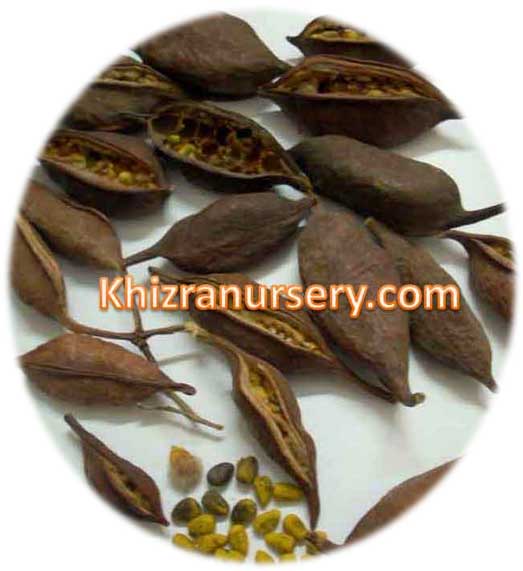

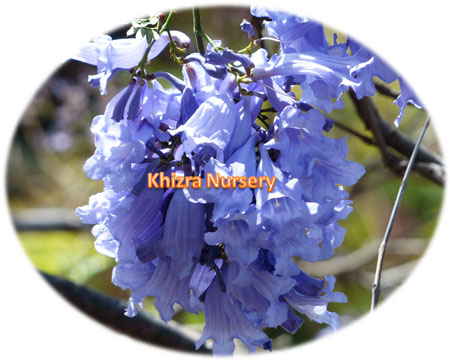
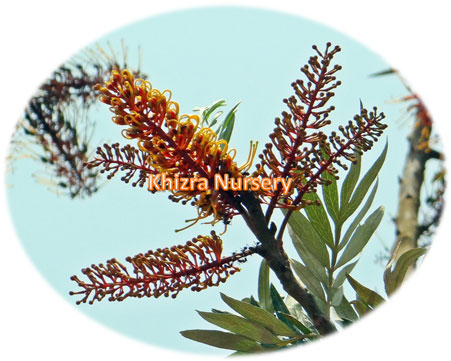
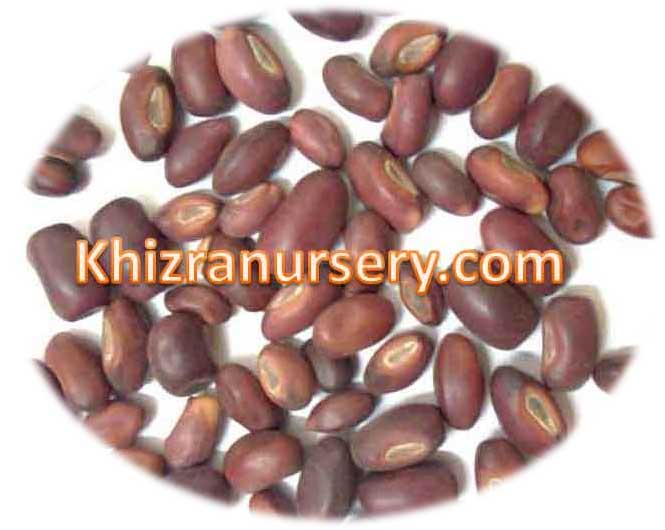

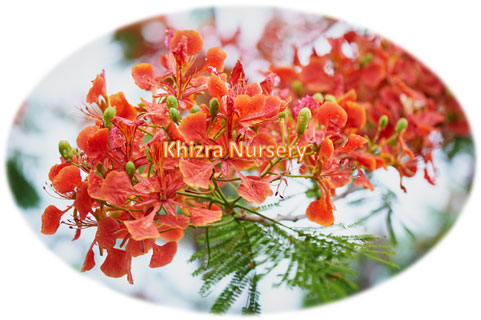
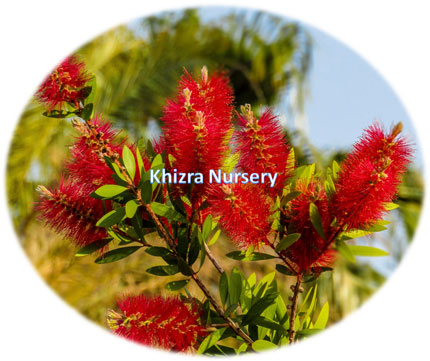
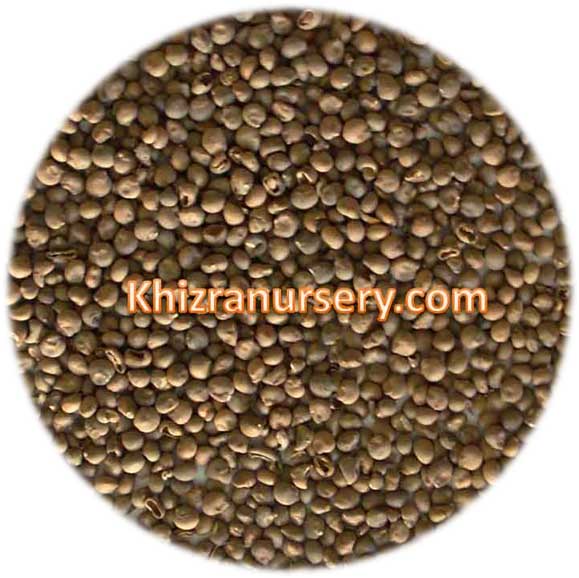
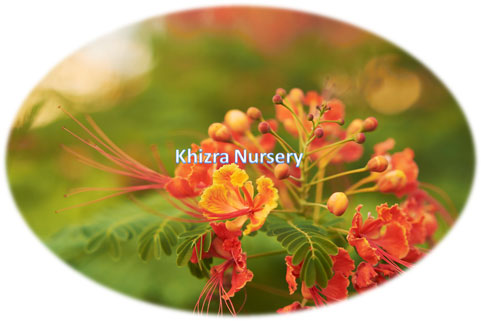
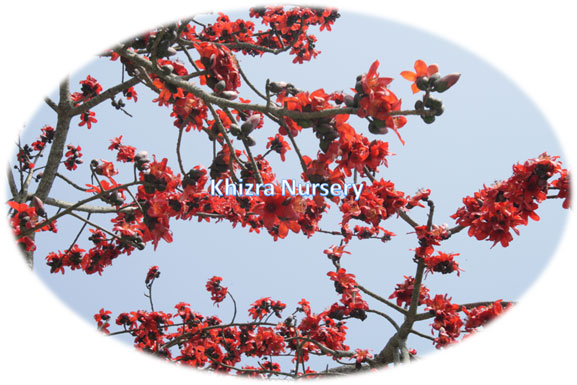
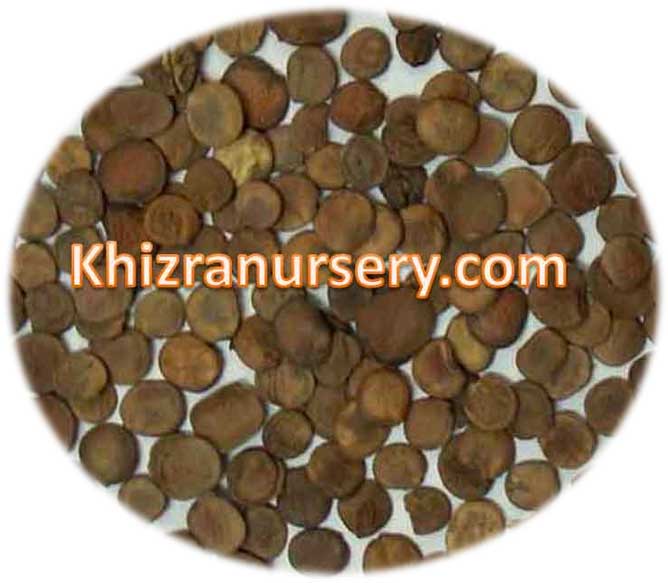

Reviews
There are no reviews yet.